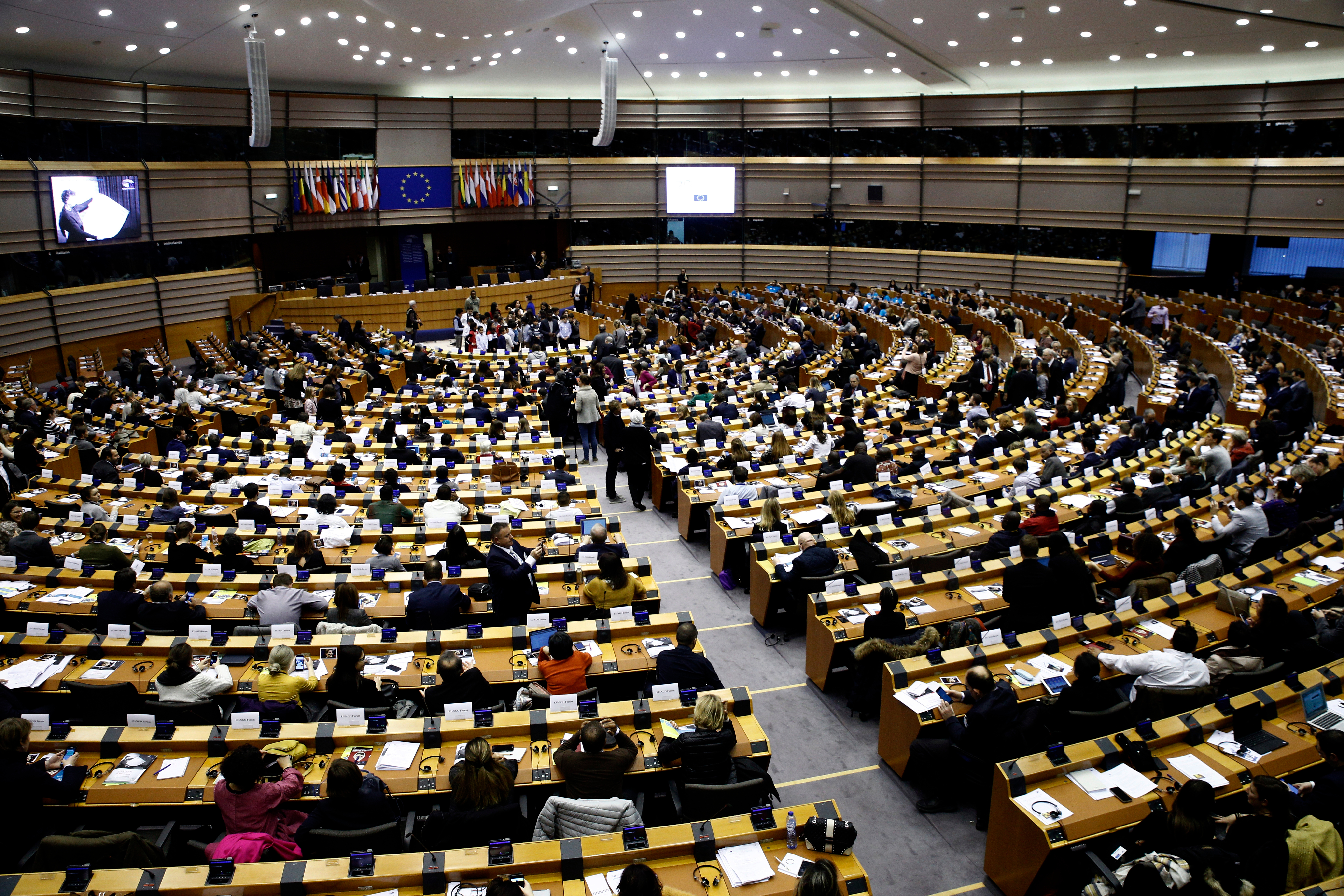Out of the low growth trap: the limits of central bank power in boosting economic output
by Inline Policy on 06 Jun 2016
Last week’s gloomy Global Economic Outlook from the Organisation for Economic Co-operation and Development (the OECD) raises further questions on the degree of reliance placed by policymakers on monetary policy as an engine to boost output in a low growth, ultra-low inflation, economic environment. Markit Economics’ recent study of combined PMI indicators for the UK and the Eurozone indicated growth in the second quarter of 2016 of 0.2% and 0.3% in each respective market. The OECD downgraded the forecast for UK GDP growth in 2016 to 1.7%.
Britain’s Chancellor George Osborne said in 2011 he favoured monetary policy activism combined with fiscal tightening as the optimum macro-economic conditions for generating growth. For a while too that was the prevailing mood among the majority of states within the Eurozone, Canada and Japan, if not in the US, and among the international economic organisations like the OECD and the IMF. Despite concerns about the impact of monetary easing on bond yields, savings and pension funds, monetary activism was seen as preferable to engaging in deficit spending as a macroeconomic approach to underpin growth.
Now a discernible change in strategy is in the air. Facing the threat of a downturn shortly after its election last October, the Liberal government in Canada this spring has engaged in a fiscal stimulus package focused on boosting infrastructure spending by C$3.97bn in 2016, and C$7.32bn in 2017. Prime Minister Shinzo Abe’s Government in Japan has also doubled down on the three arrows of Abenomics by engaging in an easing of fiscal policy through the cancellation of consumption tax rises until October 2019. This stands alongside the second arrow of a huge monetary stimulus through quantitative easing initiated by Central Bank of Japan Governor Kuroda since 2013, together with an experiment in negative interest rates designed to boost demand. Switzerland, Denmark, Sweden and the ECB have all reduced key interest rates below the zero lower bound. Although economists like Paul Krugman have debated whether the global economy has entered an era of ‘secular stagnation’ of low investment driving low demand and low growth as theorised by others such as Larry Summers, the OECD report comes down strongly on the side of fearing structural, permanent damage to output caused by the current balance of macreconomic policies. US fund managers Capital Group have commented that negative interest rate experiments penalise savers, banks and insurers, and direct capital to the wrong places in the economy. As the electronic printing presses have cranked into gear on central bank spreadsheets and ultra-low interest rates have persisted, the result has been the level of negative-yielding Government debt spiralling to $10.4tn on international markets.
Sweden was for many the exemplar of monetary activism boosting growth, with its Central Bank - the Riksbank - engaging in sharp cuts in the headline Repo interest rate into negative territory at -0.5% together with quantitative easing. Swedish economic growth is predicted to be at a healthy 3% average over the 2016-18 period, and inflation currently at 0.8% is expected to approach the 2% target next year. Last week however, the Riksbank warned of the threat from potential asset price bubbles in the Swedish housing market, coupled with soaring levels of household debt, with an average owner-occupier household with a mortgage piling on liabilities equivalent to 317% of gross annual income. The consequences for output from a shock to the Swedish banking system could be severe. The Riksbank has also opened a dialogue over its own mandate and functions, for example, whether it should be bound to meet a higher CPI inflation target such as 3% rather than the current 2%.
The OECD concluded that the output gap of its members’ economies has been halved in the last two decades, ie. the amount of spare capacity for additional economic growth was now nearer 1% than the 2% output gaps seen in the late 1990s. Depressed levels of investment and innovation lead to lower productivity which in turn result in lower consumption and economic demand, leading to lower investment - producing a “vicious cycle” of reduced growth and living standards. Without changes in policy, to see fiscal and structural policy better complementing monetary policy, it raised the prospect of a doubling of living standards taking seventy years rather than 35 years under the previously higher trend rates of economic growth. The OECD said states should consider the appropriate balance between monetary and fiscal policy in terms of raising growth rates, and consider the case for acting in concert to increase or reallocate spending for investment purposes, with its own research showing a 0.5% increase in public investment would increase GDP growth by 0.6% across OECD countries in the first year. Higher levels of infrastructure spending as a proportion of overall public expenditure would increase medium-term economic growth potential and also stimulate private investment. The OECD felt there was a particularly strong case for a switch in spending priorities in Spain, Portugal and Greece.
The European Central Bank’s response to persistently low demand in the Eurozone economy has been to roll out its programme of unconventional monetary policy through negative interest rates and expanding quantitative easing into the new area of purchases of corporate bonds in the Eurozone area. In his speech in Vienna last Thursday, ECB President Mario Draghi pointed to the reflationary benefits that the ECB’s forward guidance on keeping interest rates at current levels or even lower levels for an extended period was having on output, raising it by 1.5% between 2015-18.
The Bank will commence buying corporate paper from 8 June in terms of bonds with maturity of between 6 months and 30 years. Bonds from the major banks, investment firms and their subsidiaries are excluded. Although the German Finance Ministry has been critical of the effects of the ECB’s monetary loosening policies on savers and pension funds in Germany, in the absence of any movement at Eurogroup level to relax fiscal policy for participating countries under the fiscal compact or to slacken capital account surpluses run up by some states to boost demand in others, the options are limited.
The OECD’s prescriptions, following similar calls from the International Monetary Fund, will make for interesting discussions at the Eurogroup and in national finance ministries. Keynes termed over-reliance on monetary policy as a means of boosting economic growth as akin to pushing on a piece of string. Events on both sides of the Atlantic this year may reveal whether other policy actions are required to sustain demand in the global economy.
Photo (CC BY-SA 2.0)
Topics: European Politics, Energy policy, Financial Services Regulation








Comments